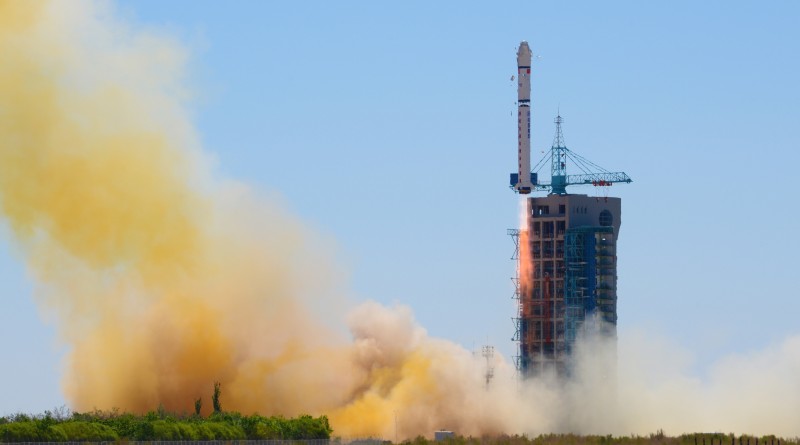China’s Long March 2D successfully sends Reconnaissance Satellite into Orbit
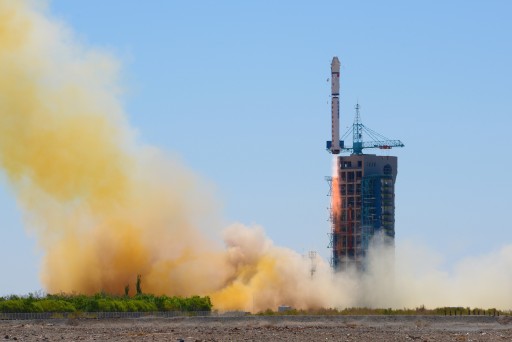
China conducted its fifth successful orbital launch of the year on Sunday involving a Long March 2D rocket lifting the Yaogan-30 reconnaissance satellite into orbit.
Liftoff from the Jiuquan Satellite Launch Center in the Gobi desert occurred at 2:43 UTC and Chinese state media confirmed the success of the launch around an hour later after the satellite was confirmed in its working orbit over 600 Kilometers in altitude.
As has become the norm with the semi-classified Yaogan program, the satellite is advertised to be of use in “experiments, land surveys, crop yield estimates and disaster relief.” However, the program is primarily dedicated to military reconnaissance using different types of optical, radar and electronic intelligence satellites.
Chinese officials insist the Yaogan program is used for experiments, land surveys, crop yield estimates and disaster monitoring, but the consensus among outside observers is that Yaogan is a military program conducting reconnaissance on a global scale. This conclusion is based on information released by Chinese sources, the observed structure of the satellite constellation and its high launch rate that by far surpasses any of the civilian satellite programs.
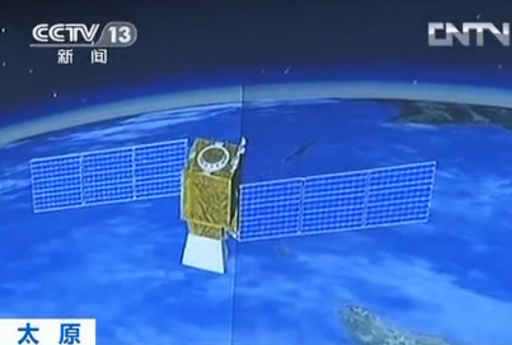
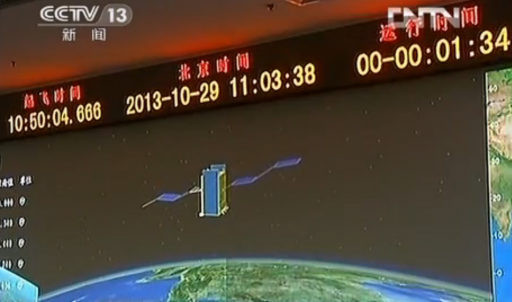
Yaogan debuted in April 2006 when the first Synthetic Aperture Radar satellite was sent into orbit, followed by the first optical imaging satellite in May 2007 – marking the start of a steady launch pace to first establish and then maintain the operational satellite constellation, also increasing its capabilities over time.
Three satellites of the first generation of radar spacecraft were launched between 2006 and 2010 (Yaogan 1, 3, 10) while the same period saw four launches of satellites carrying first generation optical payloads (2, 4, 7, 11) followed by another 1st generation satellite in 2014 (Yaogan 24). These satellites were deployed to orbits 630 Kilometers in altitude at an inclination of 97.9°.
The second generation of Yaogan satellites was inaugurated in 2008 and operated from a lower orbit around 500 Kilometers. Four second generation optical satellites (5, 12, 21, 26) were launched to date while the second generation of SAR satellites also saw four launches (6, 13, 18, 23).
A third component was added to the Yaogan constellation in 2009 when Yaogan 8 reached an orbit of 1,200 Kilometers, much higher than any of the previously used orbits. Carrying an optical reconnaissance payload, Yaogan 8 was followed by the 15, 19, 22 and 27 satellites that also entered the highest orbit within the constellation.
Yaogan 9 brought another addition to the program – a triplet of satellites flying in a precisely maintained formation in an orbit of 1,080 by 1,100 Kilometers inclined 63.4° – resembling the architecture of the Naval Ocean Surveillance System operated by the United States for electronic intelligence. Using three satellites in a precise formation allows them to intercept radio signals from the ground and calculate and track the position of ships in the world’s oceans. A total of five Yaogan triplet launches have taken place to date (9, 16, 17, 20, 25).
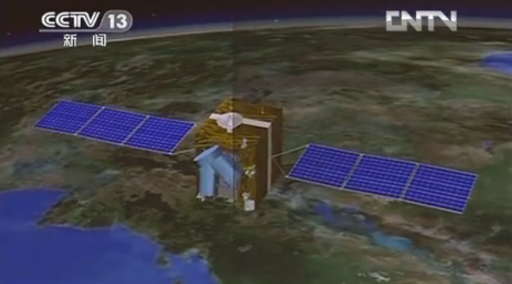
Yaogan 14 launched in 2012 and entered a unique position in the optical segment of the constellation, showing the lowest operational orbit at 475 Kilometers. This satellite’s replacement, Yaogan 28, went into orbit in 2015. Yaogan 29 entered an orbit similar to that of the first generation of SAR satellites, likely as a follow-on to the Jianbing-5 series of radar satellites.
Orbital data for Sunday’s launch shows the satellite in an orbit of 628 x 656 km, 98.1° (2016-029A). This orbit is similar to that of the first generation of optical Yaogan satellites, suggesting Yaogan-30 may be a follow-on optical imaging bird.
Long March 2D can launch Payloads of up to 3,500 Kilograms to Low Earth Orbit and has a SSO capability of up to 1,300kg. The CZ-2D Launcher was developed by the Shanghai Academy of Spaceflight Technology and is capable of delivering payloads into a variety of Orbits, including Low Earth Orbit and Sun Synchronous Orbit. Long March 2D features two stages, the first is identical to the Long March 4 Vehicle while the second stage is based on CZ-4, but has a modified equipment bay.
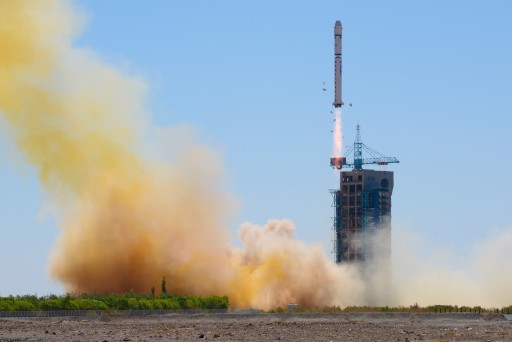
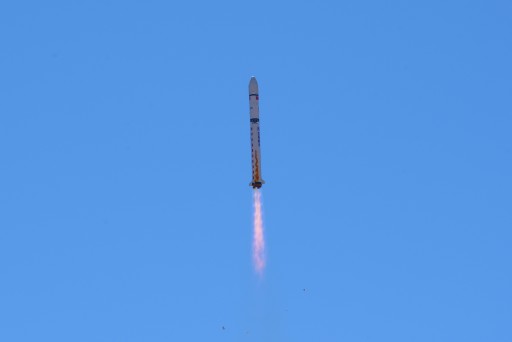
The Launcher stands 41.06 meters tall, has a diameter of 3.35 meters and a liftoff mass of 232,255 Kilograms. For the first 170 seconds of Flight, the vehicle is powered by its first stage that is equipped with a YF-21C Engine that provides a thrust of 2,962 Kilonewtons. The stage is 27.91 meters long, 3.35 meters in diameter and filled with 183,200 Kilograms of Unsymmetrical Dimethylhydrazine and Nitrogen Tetroxide Propellants for a total weight of the first stage at launch of 192,700kg.
After first stage burnout and jettison, the second stage starts controlling the flight. The upper Stage is 10.9 meters in length and has the standard CZ-2D diameter weighing 45,600kg at liftoff. It also uses UDMH and NTO as propellants. A total of 39,550 Kilograms are aboard its tanks at blastoff. The second stage is powered by a YF-24C main engine providing 742 Kilonewtons of thrust and a 47.1-Kilonewton Vernier Thruster. Long March 2D can be outfitted with two different payload fairings to accommodate payloads of different sizes. The fairings have diameters of 2.90 and 3.35 meters. The large fairing is 6.98 meters in length.
The Jiuquan Satellite Launch Center which is also known as Shuang Cheng Tze launch center was China’s first launch facility being established in 1958. It is located in the Gobi Desert about 1,600 Kilometers from Beijing.

